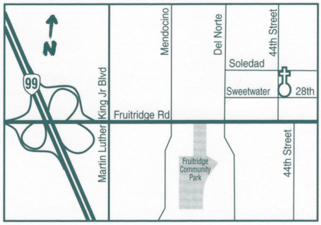Pastor’s Column
HISTORICAL TESTIMONY TO THE ASSUMPTION OF THE BLESSED VIRGIN MARY
Excerpts from catholic.com
Archaeology has revealed two tombs of Mary, one in Jerusalem and one in Ephesus. The fact that Mary lived in both places explains the two tombs. But what is inexplicable apart from the Assumption is the fact that there is no body in either tomb. And there are no relics. Anyone who peruses early Church history knows that Christian belief in the communion of saints and the sanctity of the body—in radical contrast to the Gnostic disdain for “the flesh”—led early Christians to seek out with the greatest fervor relics from the bodies of great saints. Cities, and, later, religious orders, would fight over the bones of great saints.
This is one reason why we have relics of the apostles and so many of the greatest saints and martyrs in history. Yet never was there a single relic of Mary’s body? As revered as Mary was, this would be very strange, except for the fact of the assumption of her body.
Recently discovered Syriac fragments of stories about the Assumption of Mary have been dated as early as the third century. And there are undoubtedly more manuscripts to be found. It must be remembered that when we are talking about these “Transitus stories,” we are not only talkingabout ancient manuscripts and fragments of manuscripts, but we are talking also about two different “families” of manuscripts written in nine languages. They all agree on Mary’s Assumption and they presuppose that the story was already widely known.


 5461 44th Street
5461 44th Street
